The UV protection feature of SS non-woven fabric Product information 22/05/2023
Rang Dong Healthcare Company is a high-quality non-woven fabric manufacturer widely used in the medical and healthcare industry. It is a leading company in the production of non-woven fabric, especially SS non-woven fabric.
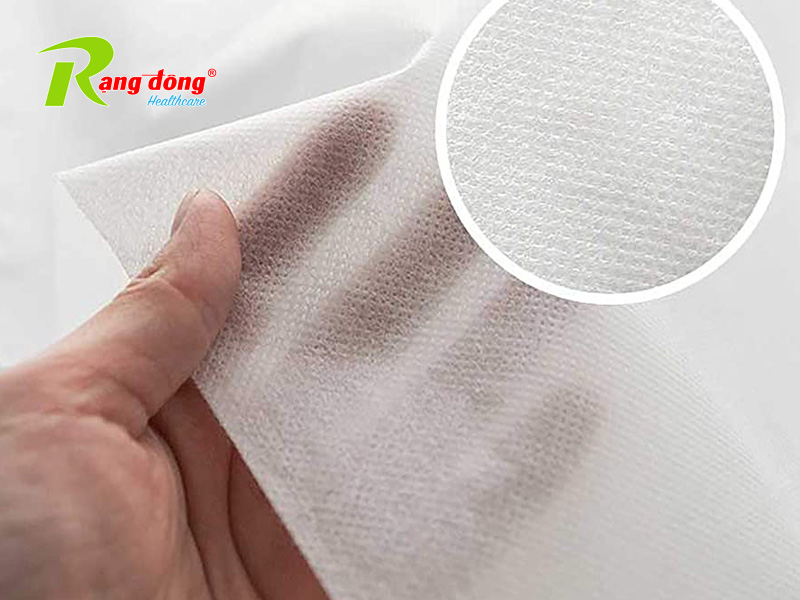
Introduction to SS Non-Woven Fabric
SS non-woven fabric is a type of fabric created by bonding fibers together without weaving. Instead of using cross-woven fibers, the production process of SS non-woven fabric combines two layers of polypropylene fibers using a heat bonding method to create a smooth and uniform fabric.
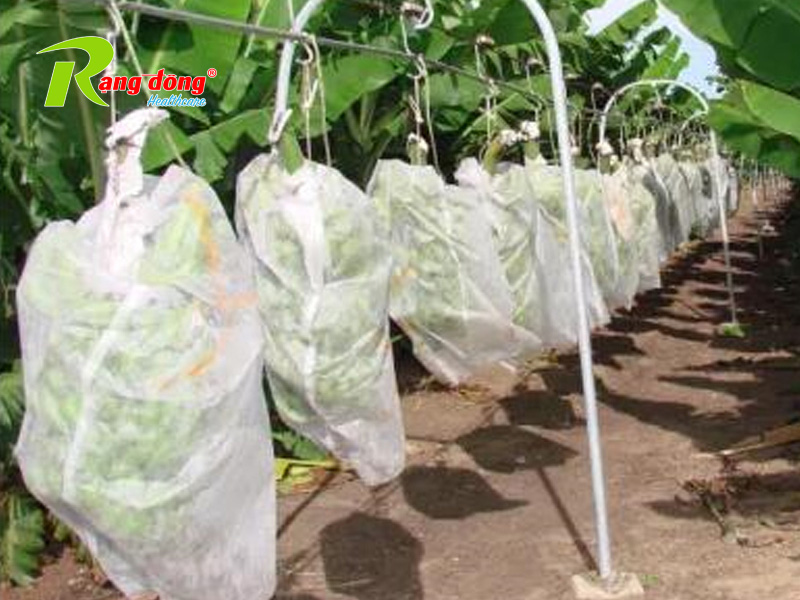
Applications of SS Non-Woven Fabric in Various Fields
- Medical industry: production of medical bandages, surgical wraps, surgical gowns, face masks, medical caps, and many other products.
- Environmental protection: creating shopping bags, garbage bags, recyclable non-woven products, and other products to minimize the use of plastic materials and reduce environmental impact.
- Industry: used in construction, water filtration, air filtration, oil filtration, packaging, and other industrial applications.
- Interior and decoration: manufacturing curtains, carpets, mattresses, pillows, and other interior decoration products.
- Agriculture: used in the production of packaging, seed bags, crop cover fabric, and other agricultural applications.
Importance of the UV Protection Feature of SS Non-Woven Fabric
The importance of the UV protection feature of SS non-woven fabric is significant and has crucial effects on humans. Here are some key points:
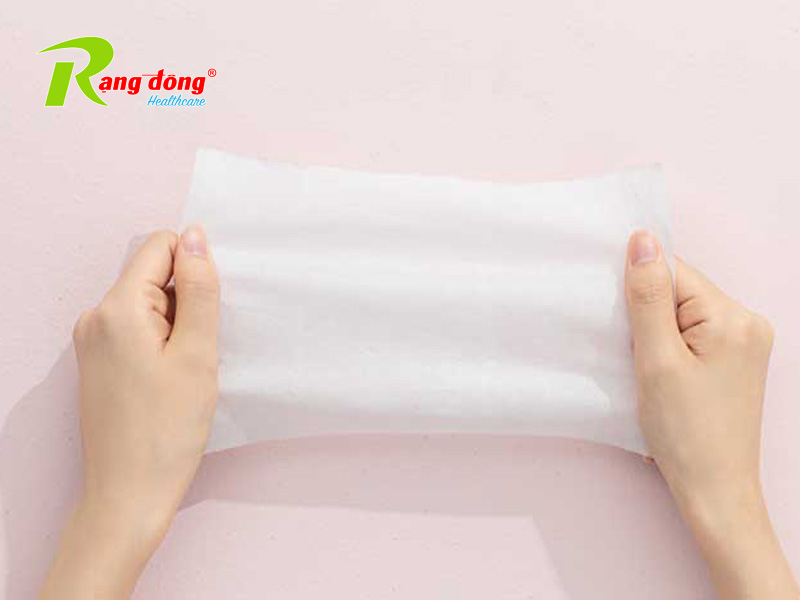
- Protecting the skin from the effects of ultraviolet (UV) rays: UV rays can cause skin health issues, including sunburn, darkening, aging, sunburn, and even skin cancer. Therefore, the UV protection feature of SS non-woven fabric helps limit the impact of UV rays on the skin, protecting it from these risks.
- Ensuring safety and comfort in outdoor activities: When participating in outdoor activities such as sports, travel, gardening, the UV protection feature of SS non-woven fabric helps minimize the risk of skin damage from the sun’s rays. Ensuring safety and comfort for users.
- Reducing the risk of UV-related diseases: The impact of UV rays can cause various dangerous diseases such as skin cancer, cataracts, increased risk of skin inflammation, and weakened immune systems. By using SS non-woven fabric with UV protection features, users can reduce the risk of UV-related diseases and maintain better health.
- Protecting other materials: UV rays can damage other materials such as wood, plastic, paint, and textiles. SS non-woven fabric with UV protection features helps protect these materials from fading, damage, and reduced lifespan, thus keeping products usable for a longer time and reducing resource waste.
Mechanism of the UV Protection Feature of SS Non-Woven Fabric
The mechanism of the UV protection feature of SS non-woven fabric involves the use of fluorescent or sunblock agents in the fabric production process. Here are some common mechanisms:
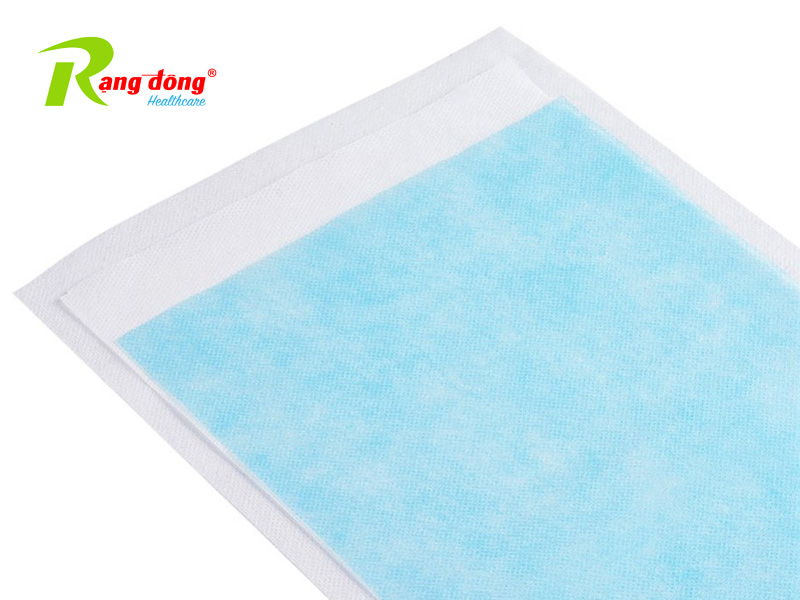
- Use of fluorescent agents: Some types of SS non-woven fabric are processed with fluorescent agents, enhancing the absorption and reflection of UV rays. Fluorescent agents have the ability to convert UV rays into harmless light, reducing the impact of UV rays on the skin.
- Use of sunblock agents: Some SS non-woven fabrics are coated with an outer layer of sunblock agents to reduce the impact of UV rays. Sunblock agents include chemical compounds that can absorb and reflect UV rays, helping to reduce the amount of UV rays passing through the fabric and protecting the skin.
- Material structure: The material structure of SS non-woven fabric, including factors such as fiber size, thickness, fiber density, and bonding structure during fabric production, can play a role in absorbing and reflecting UV rays. These factors can affect the UV absorption and reflection capabilities, thus protecting the skin from the impact of sunlight.
These mechanisms are often applied in combination to achieve the best UV protection effectiveness in SS non-woven fabric.
Technologies and Materials Used to Enhance the UV Protection Feature of SS Non-Woven Fabric
There are several technologies and materials used to enhance the UV protection feature of SS non-woven fabric. Here are some common technologies and materials:
- Use of fluorescent agents: Fluorescent agents such as benzotriazole or benzimidazole are often used to enhance the UV protection feature of SS non-woven fabric. Fluorescent agents have the ability to absorb and reflect UV rays, helping to reduce the amount of UV rays passing through the fabric and protecting the skin.
- Use of sunblock agents: Various sunblock agents, such as oxibenzone, avobenzone, titanium dioxide, and zinc oxide, are used in the processing of SS non-woven fabric to enhance the UV protection feature. They absorb and reflect UV rays, minimizing the impact of UV rays on the skin.
- Use of UV protection coating process: A common technology is to use a UV protection coating process on the surface of SS non-woven fabric. UV protection agents can be coated onto the fabric surface through methods such as spraying, dotting, or coating. This coating process helps create a UV protection layer, preventing UV rays from penetrating the skin.
- Use of UV-resistant materials: Some special materials have UV-resistant properties, such as UV-resistant materials made from polypropylene fibers. When using UV-resistant polypropylene fibers in the production of SS non-woven fabric, the UV protection feature is directly integrated into the fabric structure.
- Use of new weaving technologies: New weaving technologies can be applied to create SS non-woven fabric with better UV protection features. For example, nanofiber technology or cross-weaving technology can be used to produce SS non-woven fabric with improved UV protection.
Advantages and Limitations of the UV Protection Feature of SS Non-Woven Fabric
Advantages of the UV Protection Feature of SS Non-Woven Fabric
Effective protection against the impact of UV rays: absorbing and reflecting UV rays, reducing the amount of UV rays passing through the fabric, and protecting the skin from potential UV effects. Helping prevent skin health issues such as sunburn, darkening, aging, and reducing the risk of skin cancer.
Ensuring safety and comfort: helping minimize the risk of skin damage from the sun’s rays during outdoor activities. Ensuring safety and comfort for users participating in outdoor activities.
Sustainability and long-lasting: The UV protection feature of SS non-woven fabric is often deeply integrated into the fabric structure, not relying on the use of additives or surface quality. Therefore, the UV protection feature does not diminish after a period of use, and the fabric maintains effective protection throughout its lifespan.
Limitations and Constraints of the UV Protection Feature of SS Non-Woven Fabric
Limited effectiveness in minimizing UV rays: Although SS non-woven fabric has a UV protection feature, the effectiveness in minimizing UV rays cannot reach 100%. Some UV rays may still penetrate the fabric and come into contact with the skin, resulting in a small amount of potential UV impact. This is particularly important when users of SS non-woven fabric are exposed to strong sunlight for extended periods.
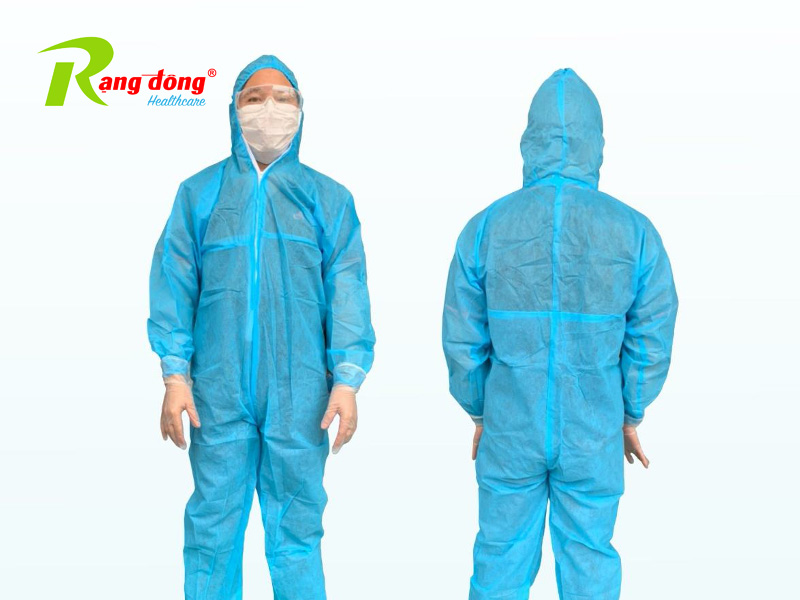
Durability of the UV protection feature may diminish: After a period of use and exposure to environmental factors such as sunlight, the UV protection feature of SS non-woven fabric may diminish. Factors such as weather, usage, and improper care can contribute to the loss of the UV protection feature.
Dependent on storage and care processes: To maintain the UV protection feature of SS non-woven fabric, proper storage and care are crucial. Washing, drying, or using inappropriate detergents can lead to the loss or reduction of the UV protection feature of the fabric. Therefore, adherence to manufacturer’s storage and care instructions is essential to ensure the effectiveness of the UV protection feature.
Durability over time: Over time, the UV protection feature of SS non-woven fabric may diminish. Continuous exposure to sunlight, pressure, and friction during use can contribute to the loss of the UV protection feature. This is particularly important when SS non-woven fabric is used in outdoor applications exposed to sunlight for an extended period.
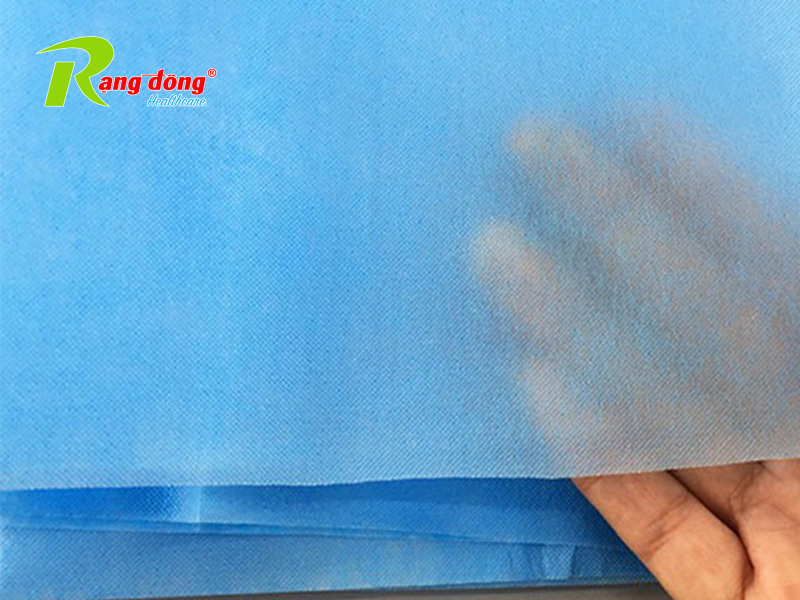
Concern for environmental protection and the use of sustainable products is increasing. SS non-woven fabric can be produced from recycled materials and has a long lifespan, helping to minimize waste and resource consumption. When integrating the UV protection feature, SS non-woven fabric not only becomes sustainable but also meets the need to protect the skin from the impact of UV rays. UV-protective SS non-woven fabric products not only provide peace of mind for consumers regarding their health but also demonstrate a commitment to the environment and sustainable development.
Rang Dong Healthcare’s SS non-woven fabric is a high-quality product with many advantages in medical and healthcare applications. The UV protection feature of SS non-woven fabric is a significant advancement in the non-woven fabric industry. The UV protection feature of SS non-woven fabric offers numerous benefits, including effective protection, continuous and sustainable performance, comfort and aesthetics, durability and heat resistance, versatility and flexibility in applications, as well as future development prospects. This makes SS non-woven fabric a compelling choice in meeting the need to protect the skin from the impact of UV rays.






